How is Chanel No. 5 perfume tied to the Romanov family?
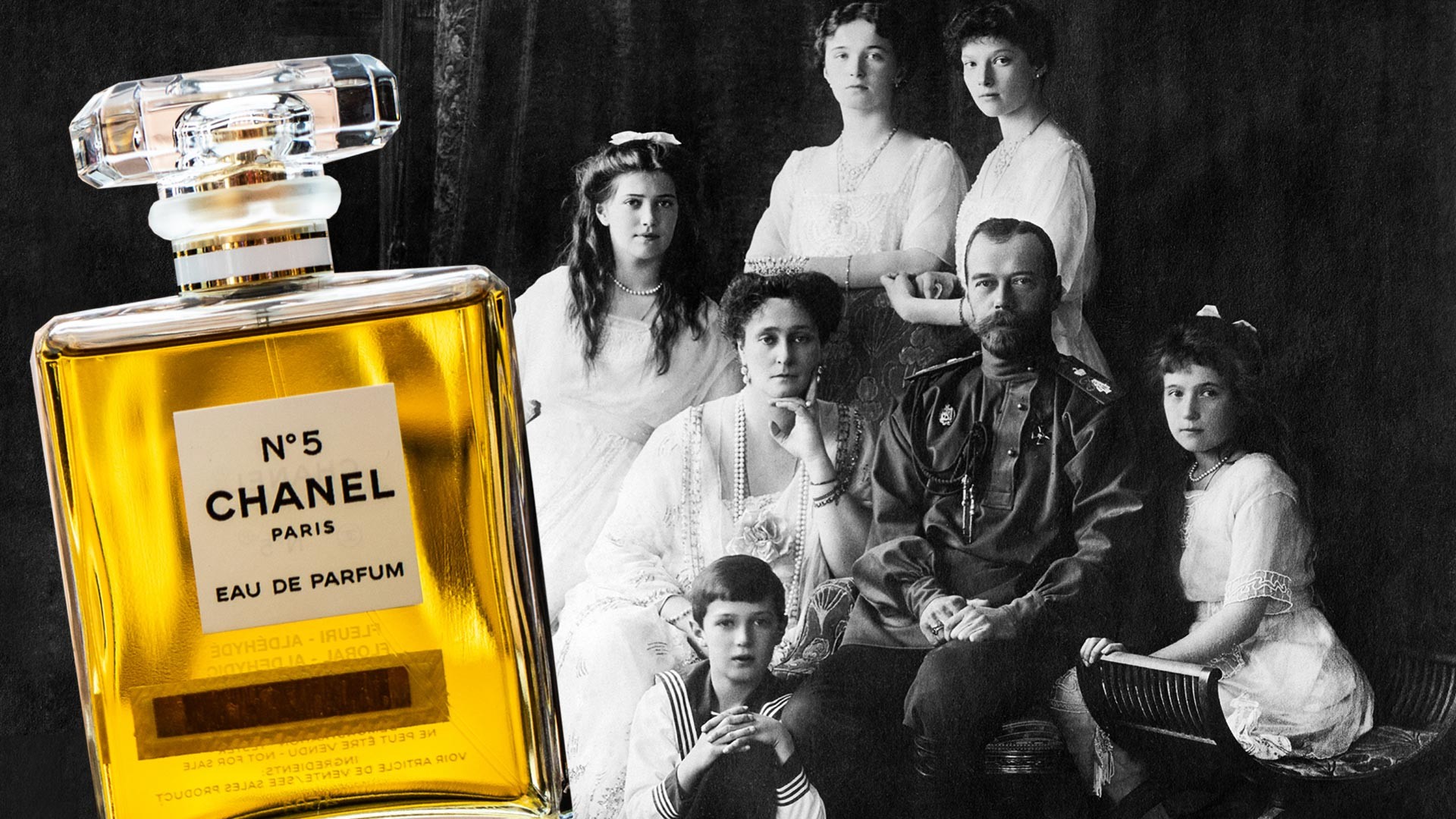
No perfume was more popular in Soviet times than Red Moscow. As everything in the Communist state, people decorated their homes in the same way, ate the same meals and dressed in the same way. Likewise, Soviet women all had the same scent.
"It filled the air on every festive occasion in the Soviet Union - at the Moscow Conservatory, in the Bolshoi Theatre, at graduation ceremonies and weddings," German historian Karl Schlögel writes in his book, The Scent of Empire. Chanel No. 5 and Red Moscow, (Translated by Jessica Spengler, Polity publications, 2021).
Later, Schlögel encountered this scent in East Germany as well. And finally he learned that this was a perfume by the name of Red Moscow. Another Soviet emblem of people's equality, this perfume was the most widespread, and several generations of Soviet women, if they could afford perfume, only used this one.
Coco Chanel’s Russian nose
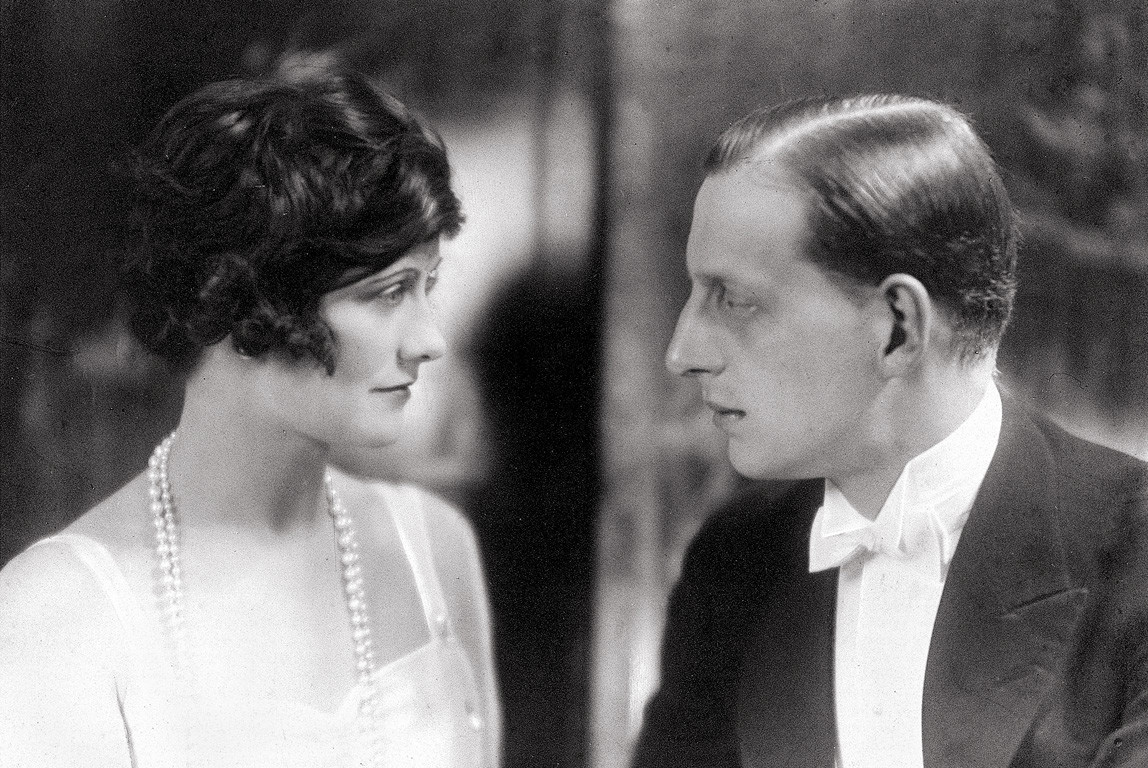
Dmitry Pavlovich of Russia and Coco Chanel
Public domainIn 1920, Coco Chanel had a love affair with a Russian prince from the Romanov family, Dmitry Pavlovich, who survived the Bolshevik Revolution and left the country. He was an aesthete and hedonist (and at the same time participated in Rasputin’s murder). He introduced Coco to a Russian-born French perfumer Ernest Beaux.
Having achieved much success while still living in Imperial Russia, Beaux had been tapped to create for the Tsarist court famous scents such as Bouquet de Napoleon, which was made in 1912 to commemorate the 100th anniversary of Russia’s victory over Napoleon. Another one, Bouquet de Catherine, was created in 1913 to mark the 300th anniversary of the Romanov dynasty.
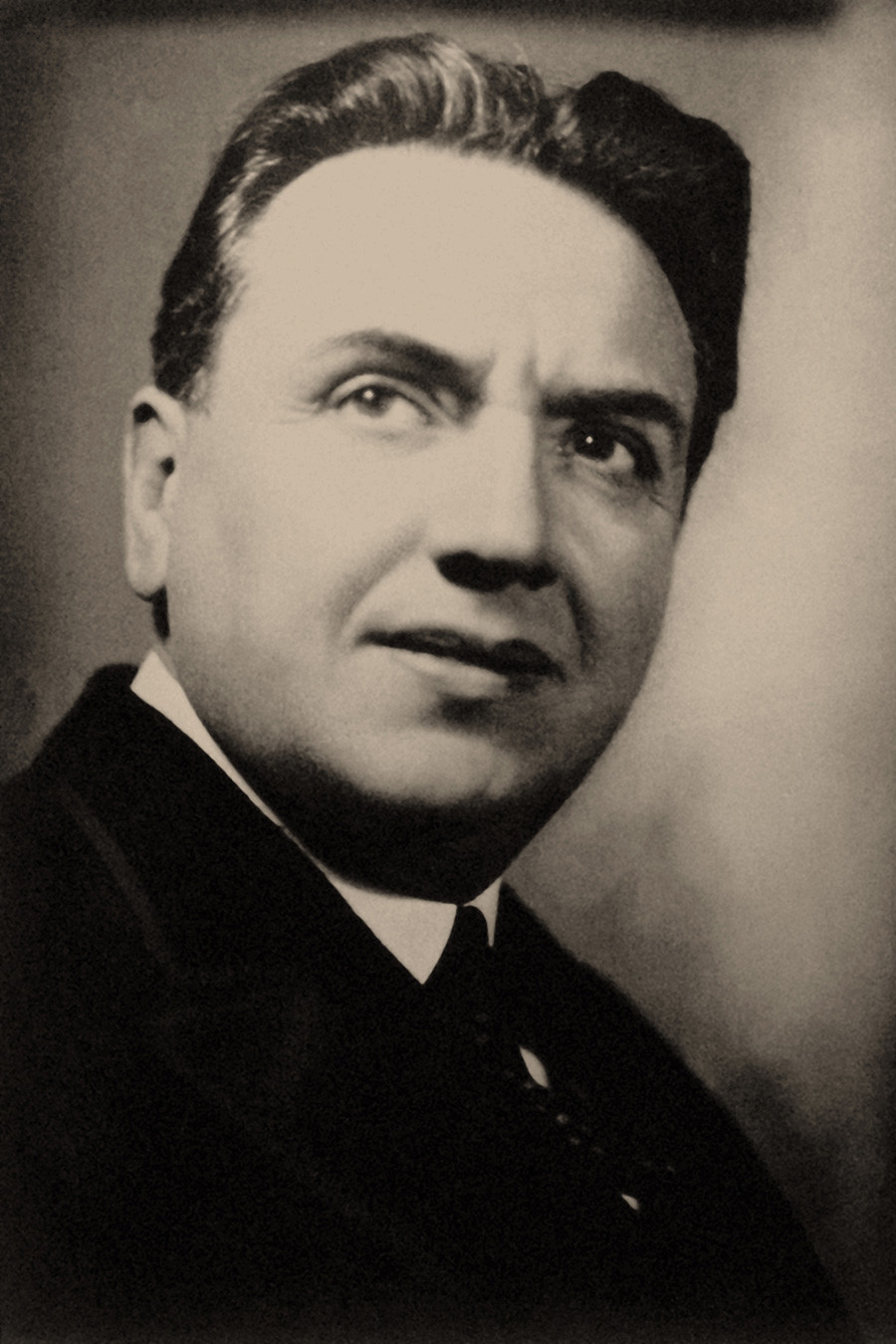
Ernest Beaux
Getty ImagesLater, Beaux served in the Russian army and fought in the Northern frontlines of World War I, but after the Bolshevik Revolution he left the country. In exile in France, his eventual meeting with Coco proved to be fateful, because he was the one who created Chanel No. 5.
Two Frenchmen in Russia
In Russia, Beaux worked for Alphonse Rallet & Co, which used to be the Russian court’s official perfume company. At the same time another talented perfumer, Auguste Michel, worked there. But in 1913 he left to work for Brocard, which was Rallet’s competitor and another official court perfume supplier.
Michel created a perfume for Empress Maria Fedorovna called Bouquet de l'impératrice (Bouquet of the Empress). After the Revolution, Brocard’s family left Russia, but he decided to remain.
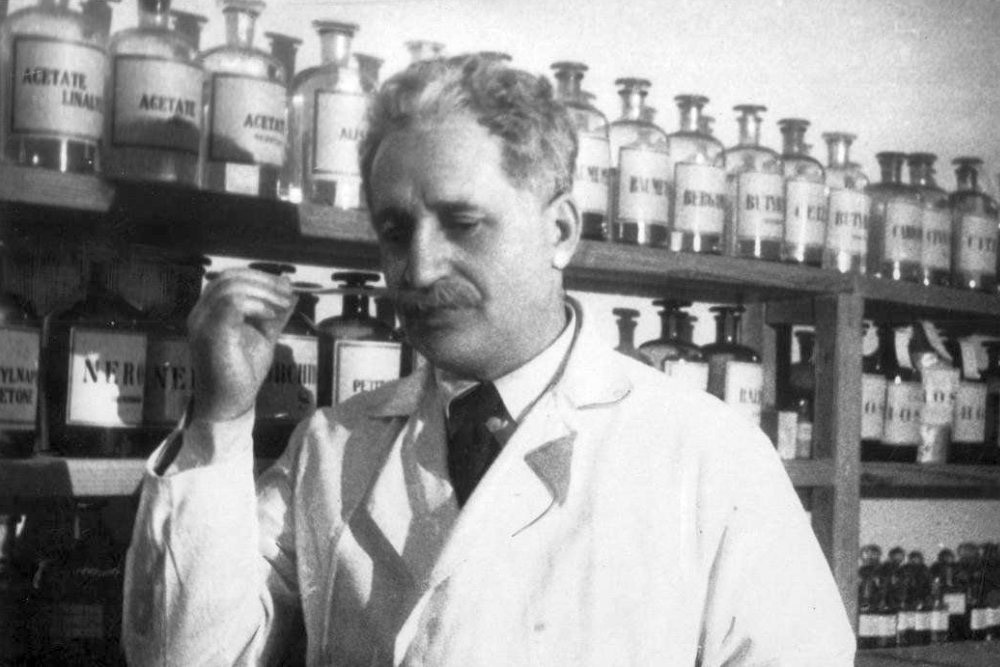
August Michel
Public domainAs the Soviet authorities nationalized all private companies and foreign firms, Brocard’s was renamed as Perfume and Soap Factory No. 5, and then in 1922, it got yet a new name, Novaya Zarya (literally New Dawn). Michel became its chief perfumer, and in 1924 he launched the famous Red Moscow perfume.
Leading Russian and French perfumes are twins?
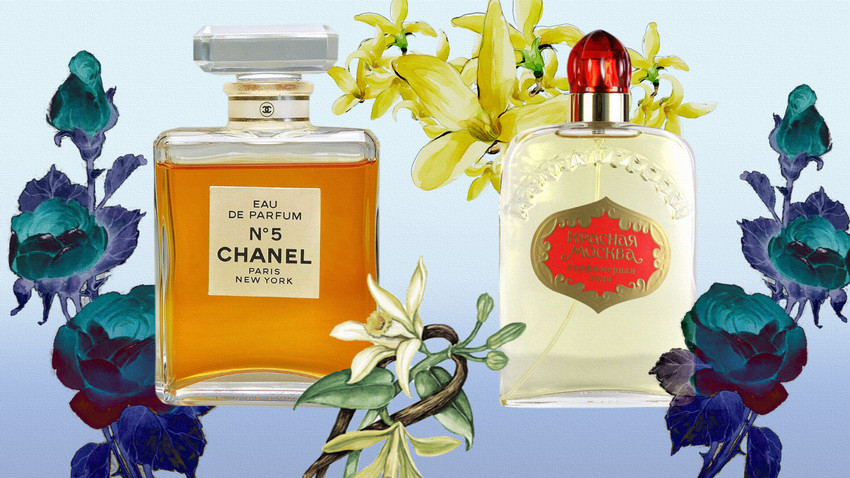
The history of Red Moscow is not 100 percent clear, but some historians believe that the perfume is based on Michel's Bouquet de l'impératrice. Chanel No. 5, however, could have also sprung from Beaux’s Bouquet de Catherine.
Fans in Russia have tried to connect both Frenchmen since they worked together in Rallet. They might have learned perfumery together, and possibly used the same methods and components. There’s even an urban legend that Chanel No. 5 and Red Moscow are similar.
Whether or not their creators were connected in the past, and used similar methods, they did work in Rallet. Nevertheless, the perfumes are different. Researching the composition of each perfume, olfactory researcher Daria Donina found several matching components: bergamot, ylang-ylang, jasmine, rose, and vanilla.
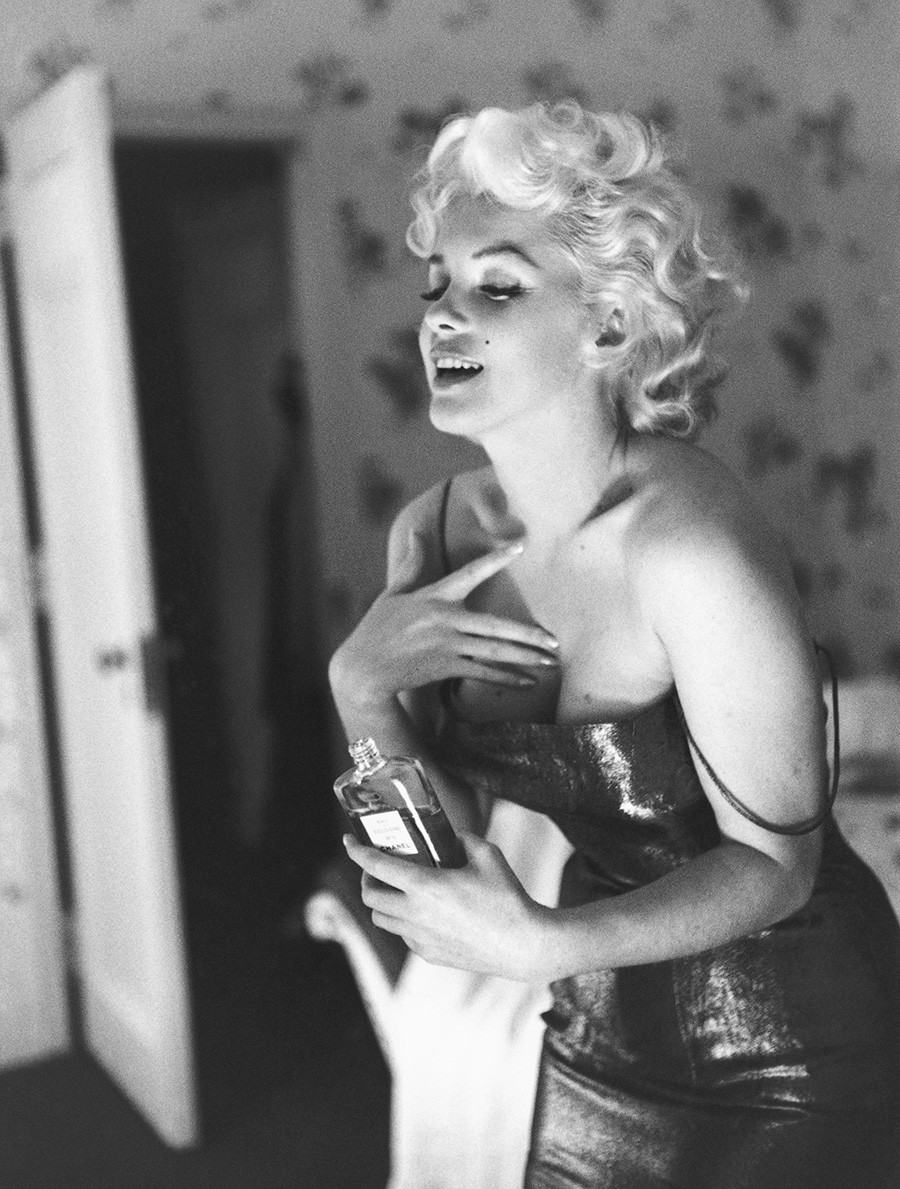
Marilyn Monroe posing with a bottle of Chanel No. 5
Michael Ochs Archives/Getty Images“But this doesn’t mean they are clones: Red Moscow has about 60 ingredients, while Chanel No. 5 up to 80, and the concentration of each is unknown”. Not to mention that even a single ‘rose’ can mean anything “from an expensive absolute of grasse rose to a combination of cheap phenylethyl alcohol, citronellol and geraniol”.
Chanel No. 5 is a floral aldehyde fragrance, while Red Moscow is a spicy chypre floral fragrance.
Different perfumes and different destinies
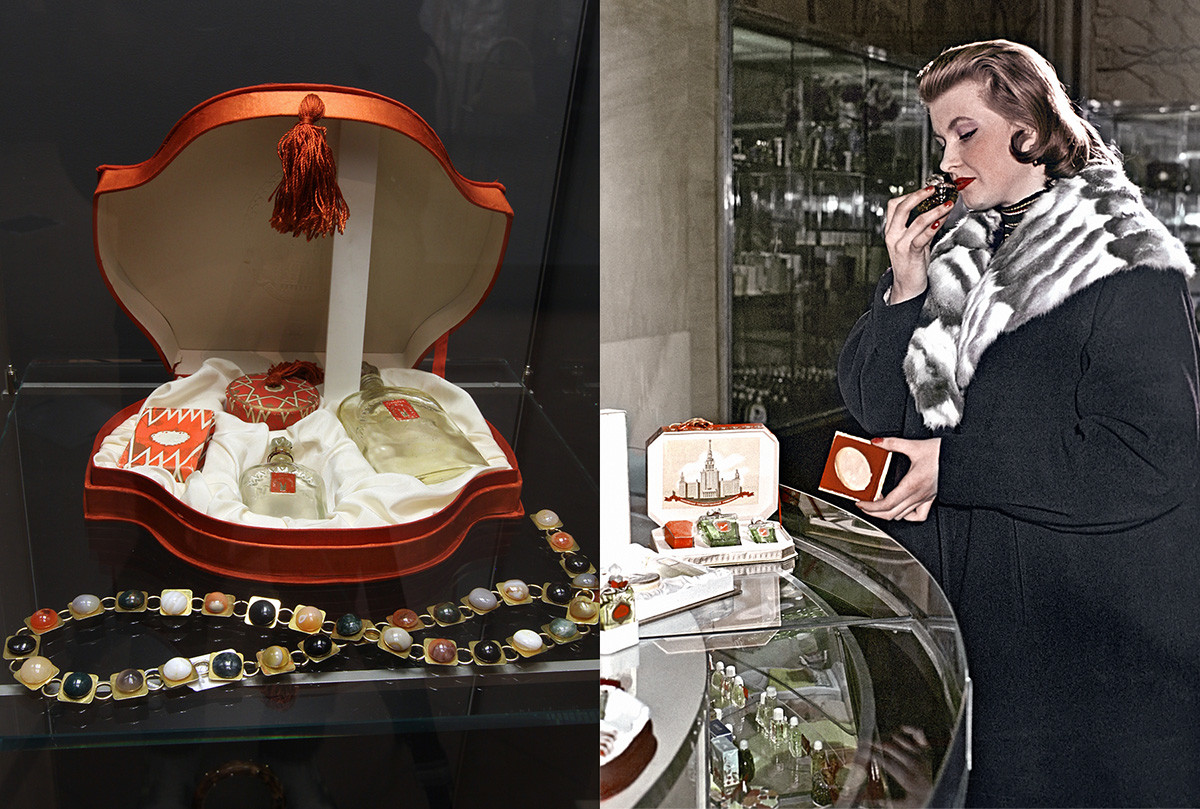
On the left: Red Moscow perfume set. On the right: A woman in perfumery store in Moscow chosing perfume, 1958
Alexander Krasnov/TASS; Vasily Malyshev/Sputnik“Chanel No. 5 and Red Moscow belong to different worlds, but they both represent a departure from the belle epoque and a revolution in the world of fragrance - even though they both owed their creation to the anniversary of a dynasty destined to fall,” Schlögel writes.
“The Chanel No. 5 bottle has a place of honor in the Museum of Modern Art in New York, while the Red Moscow bottle only became an object of desire for vintage collectors at flea markets and antique shops in the late Soviet period,” Schlögel adds.
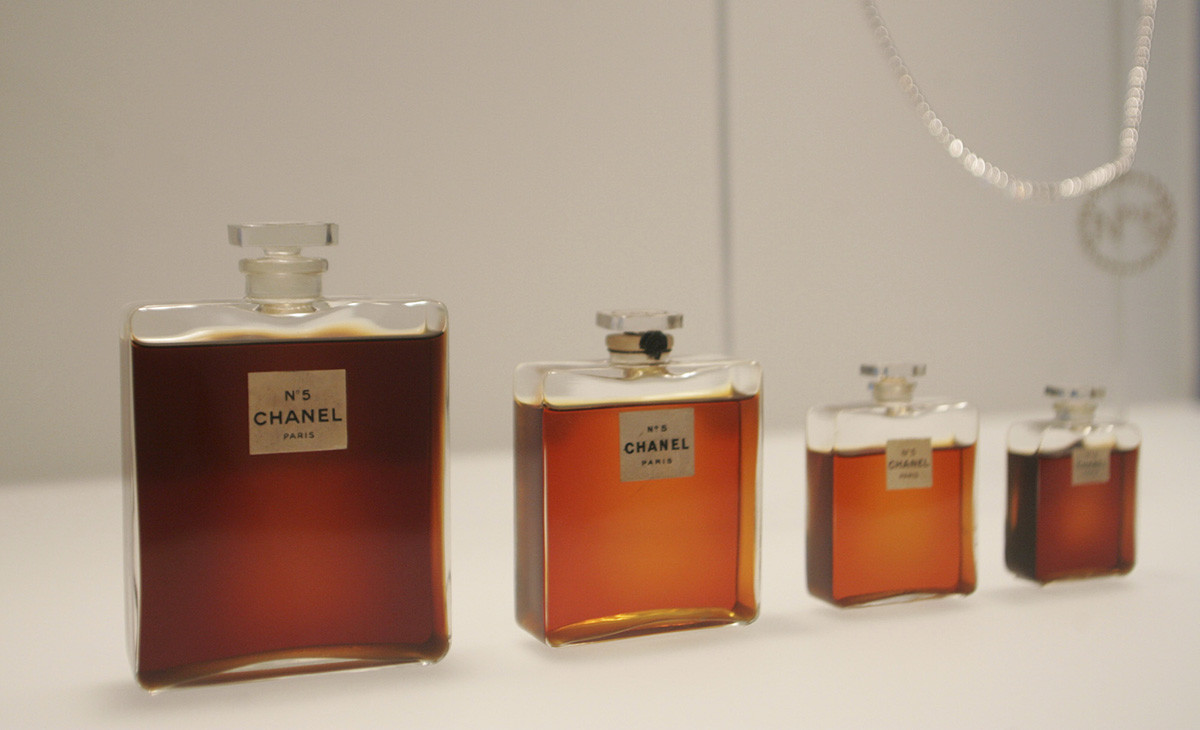
Bottles of Chanel No. 5 perfume displayed at the Metropolitan Museum of Art's Costume Institute exhibit in New York
APCoco’s perfume became a successful global brand, but Red Moscow didn’t spread its scent beyond the Soviet Union and countries of the Eastern Bloc. Chanel No. 5 is still considered to be a classic perfume, but Red Moscow lost its popularity in the late Soviet era, and in modern Russia it has been absolutely ousted by other perfumes, despite being relaunched in recent years.
If using any of Russia Beyond's content, partly or in full, always provide an active hyperlink to the original material.
Subscribe
to our newsletter!
Get the week's best stories straight to your inbox